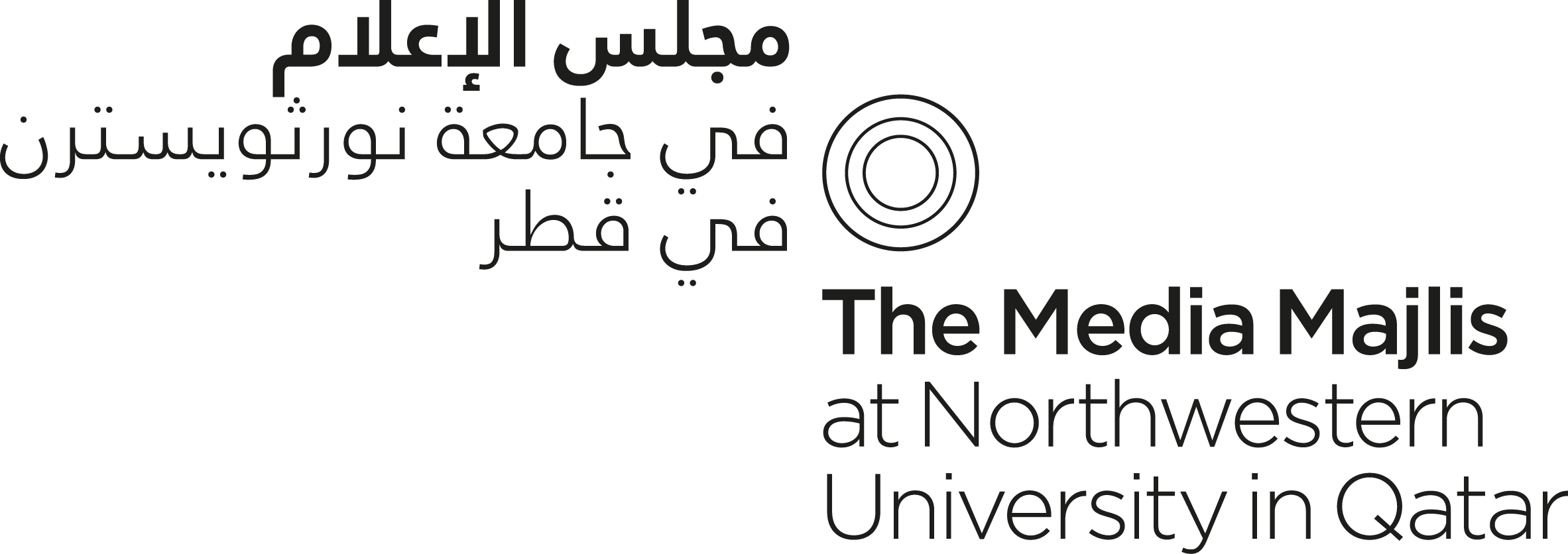
Creative Convergence: fashion and design in an exhibition Behind the scenes

When I was approached to work as a costume designer for a museum exhibition, I felt excited and honored to be part of this opportunity, yet I was a bit hesitant at the same time. Recreating characters' costumes from a musalsal was different from my existing area of expertise where I am used to creating new things rather than recreating existing design work. I embraced this unique opportunity as a new learning experience that would help widen my skill set.
As a costume designer, I was assigned to recreate the costumes of the two lead characters, Jouda and Asa'd, from the comedy musalsal De’ah Da’iah (The Lost Village, 2008). The project ranged from creating a mood board through to stitching Turkish salvars (trousers).
For sustainability reasons, the preference was to search for lenders with the required items and borrow these costume items. After successfully acquiring some loaned costume components the rest were made for the exhibition, some with resources from the souq. A few challenges that arose during this process included finding the accurate items that matched the reference images from the series, which was much harder than I had initially anticipated as we were searching for items with maximum resemblance to the original costumes, from a series made almost 15 years ago.
Likewise, finding the right size was a significant challenge, as even after finding the correct item there were further requirements that needed to be satisfied. For example, size of clothing to fit the character's body. For one of the character’s shirts (Asa'd’s), I had to buy two of the same shirts and then stitched them together to get the desirable size for the character. Similarly, for Jouda's shirt, I had to search for a specific color of snake print. Unfortunately, as the print is no longer in trend, finding a ready-made shirt, or finding unstitched fabric, took a lot of work. After thoroughly searching the local fabric souqs, I finally found a similar print that was later custom-made for the character.

Along with the clothes, accessories also played a major role in the costume designs. This included shoes. We acquired Asa'd’s shoes through a lender, however, for Jouda's shoes, I had to buy and age new shoes as per the reference images. Despite some of the challenges, there were some fun moments during the process, one of which was aging of the shoes. After consulting my professors at VCUarts Qatar, I decided to apply different textures and colors to create creases on this pair of shoes to generate an illusion of wear and tear from usage.
Another intriguing part of the process was the red hand knitted scarf, which due to lack of availability I hand knitted, something I had never done before. However, I was familiar with the process as I had seen my mother knitting a lot. I learned from my mother, and I was able to complete the scarf in our desired size.
The most critical part of the costumes was creating the body padding for both characters, as each character had a different body type/size therefore requiring different padding. Creating custom-modified padding was a unique yet challenging experience. However, with guidance from one of my Fashion Design department professors, with a background in costume, I was able to achieve the desired results in assembling the costumes.
My role in this exhibition as a designer was not limited to costumes. I also had the opportunity to take part in set dressing, setting up a scene from Al-Malik Farouk (King Farouk, 2007) and designing the wall behind the scene based on images from the referenced musalsal scene. The scene, which features the desk of King Farouk, required considerable research. Similar to the situation with costumes, we acquired some of the scene’s objects via loans from collections, museums and individuals, shipping them in from other countries. Other objects were sourced locally. We also researched old Egyptian documents and aged them to create a mise-en-scène feel. To complete the set, I designed the custom graphics for the wall behind the desk, lit from behind, which was a new experience for me that I enjoyed a lot.

Overall, this whole journey from start to installation of the exhibition was a fruitful experience and was not just about producing the desired results but also growing as an art professional, pushing me out of my comfort zone and broadening my horizons. Working on this project I learned about museums, exhibitions, object restoration and storage techniques, and how to research an object before exhibiting it. This project was more than just an exhibition—it was a collaboration between creative fields ranging from design, fashion, interiors, graphics, lighting, and exhibition development. I take pride in being part of such an amazing journey.
___This article is an extended edition of Tiaba Nazir’s article in Inside the Majlis, accompanying the exhibition The World is Watching Musalsalat, spring 2023.
